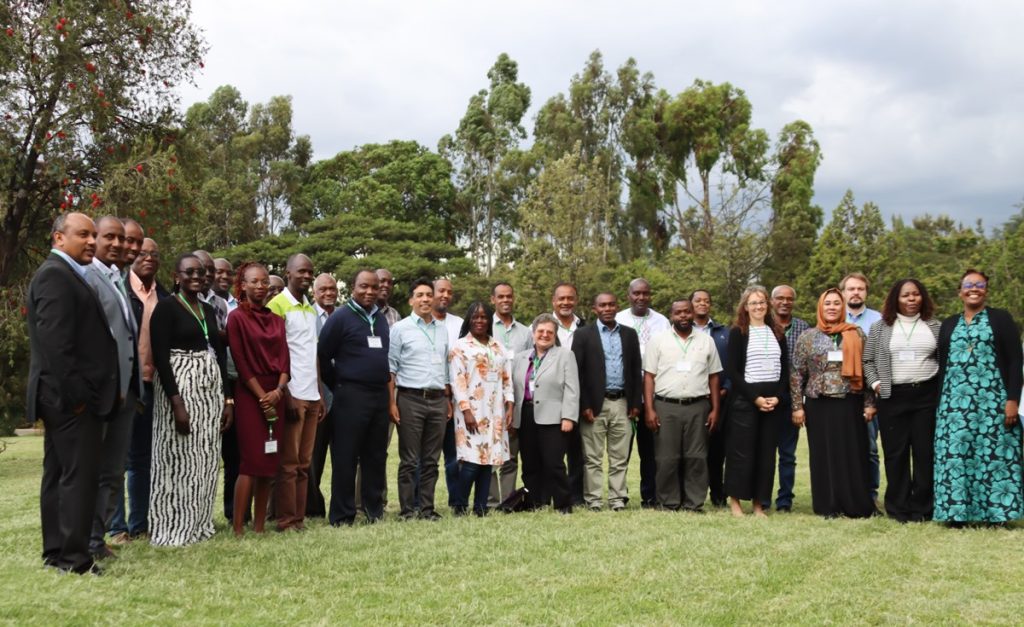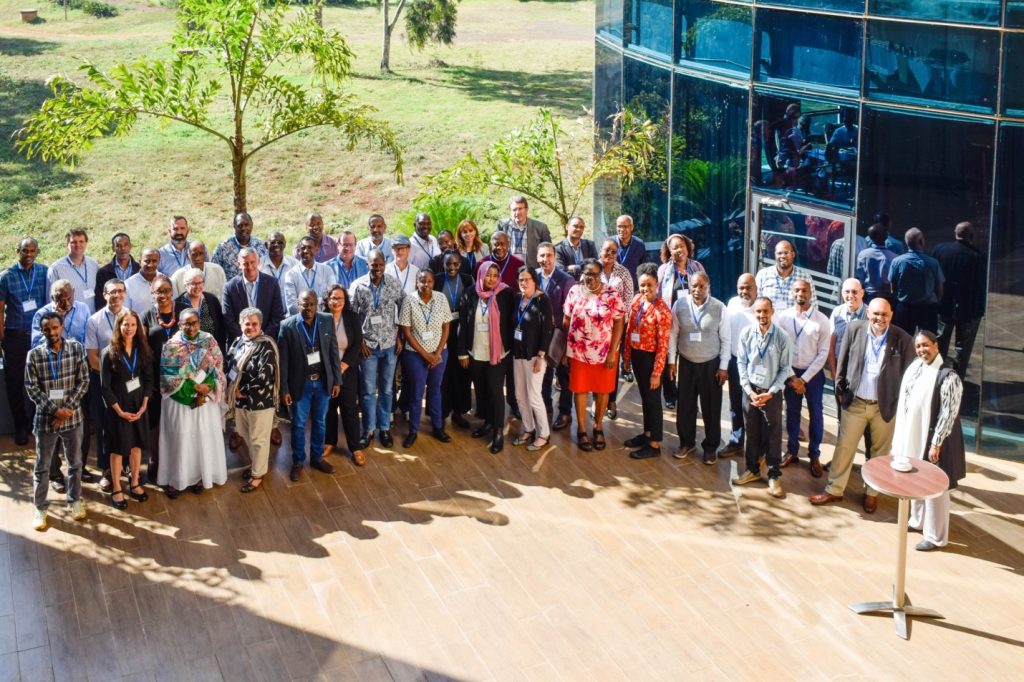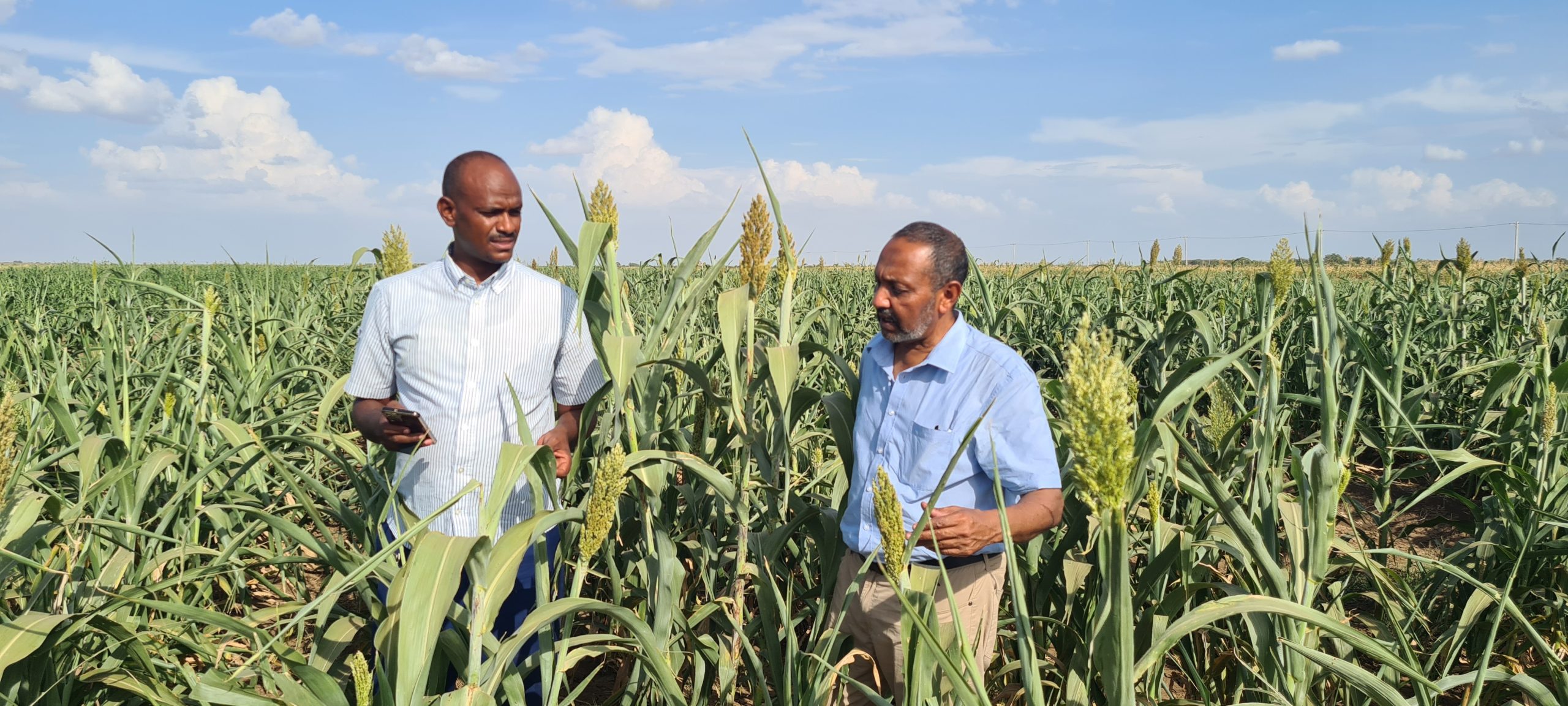About SASAS
The Sustainable AgriFood Systems Approach for Sudan (SASAS) is a project in Sudan employing a modular and multi-crop approach to implement an integrated agrifood system that underpins food security, employment, and equity.
This approach focuses on the management of soil fertility within the context of agrifood systems, with an emphasis on augmenting the productivity of smallholder farmers. It leverages the collaborative efforts of both One CGIAR and non-CGIAR innovation partners to facilitate on-the-ground scaling through the engagement of last-mile partners.
SASAS transcends humanitarian response and resilience-building, evolving toward an agriculture-led economic growth model that enables the involvement of landless and marginalized populations within functional and gender-sensitive high-production value chains.
This work contributes to six of the United Nations Sustainable Development Goals (SDGs):
- Zero Hunger
- Good Health and Well-Being for People
- Gender Equality
- Decent Work and Economic Growth
- Responsible Consumption and Production
- Climate Action

Goals:
The overall objective of SASAS is to increase agricultural productivity in the targeted geographical areas, in crops, livestock, and horticulture by increasing incomes and productivity focusing on smallholder farmers and herders as well as agriculture-focused SMEs.
What are the objectives?
- Increase agricultural (crops and livestock) productivity of smallholder farmers.
- strengthened agricultural value chains.
- Increase the capacity for community natural resource management and conflict mitigation.
We theorize that smallholder agricultural production, productivity and profitability can be sustainably increased if locally led, sustainable agricultural production practices are adopted by smallholder farmers to mitigate the impacts of climate change. And if inclusive market systems are strengthened to provide access to diverse input and output markets, and if the capacity of local communities is built to manage the natural resources on which their livelihoods depend and to mitigate the disruptions caused by conflict.
This will increase smallholder agricultural production and access to food, improve the resilience of agri-food systems, and reduce dependence on humanitarian assistance.
Our activities:
1: Strengthening the Seed Systems:
- SASAS will increase seed access through CIMMYT’s leadership to help communities become self-sufficient with sustainable market-based approaches.
2: Agricultural advisories/innovations delivered to improve crop productivity reduce post-harvest losses and build sound business practices for agricultural markets.
- CIMMYT will provide hands-on training to partners and beneficiaries through farmer field schools, demonstrations, and technology showcases. Mobile and digital technologies will be introduced to improve production, reduce post-harvest loss, and prepare for the market.
3: Horticulture value chains’ (fresh vegetables -including potatoes) robustness and resilience improved.
- World Vegetable enhances vegetable value chains by establishing hub networks, offering financial training, connecting farmers to markets, improving access to seeds and propagules, and generating employment opportunities for young people.
4: Strengthening of community livestock systems through health awareness, herd management and resource inputs (water, feedstocks)
- Create community-led livestock systems with Hub Network support. Provide pasture and livestock management training. Conduct animal health campaigns to reduce poultry and livestock morbidity and mortality.
5: Mitigate conflict through the improvement of natural resource management and community-based institutions
- Supporting farming communities, by enhancing their technical, leadership, and institutional capabilities. Watershed planning and conflict resolution training are crucial. Livestock groups and cooperative societies should be formed and strengthened. Finally, implementing a demand-driven BACKED approach and co-creating new technologies with a Community of Practice can bring about significant positive change.
6: Activity consortium capacity to integrate BACKFEED loops and gender strategies, to reach last mile and marginalized groups.
Where we operate:
SASAS’s Initial targeted states were Greater Khartoum, South Kordofan and Blue Nile, and has expanded to an additional 5 states. These states are Kassala, Gadaref, Gezira, Sennar, and White Nile.
We aim to improve food security and access to income-generating opportunities through adoption of sustainable agriculture practices and promoting agri processing and post-harvest management, focusing on supporting smallholder crop and livestock farmers to adapt their farming activities to changes in the climate, exposure to abiotic pressures, and diversification of the range of cultured crops to further cushion themselves from climatic vagaries, reduce produce loss post-harvest, and improve market participation and functionality. Women and youth are specifically targeted and supported to increase income generation activities and access to economic resources.

Resources:
- Sudan’s agrifood system: Structure and drivers of transformation.
- Sudan’s agrifood system: Structure and drivers of transformation [in Arabic].
- Policy Brief: Transformation of Sudan’s agrifood system structure and drivers.
- The architecture of the Sudanese agricultural sector and its contribution to the economy between 1990 and 2021.
- Survey of Farmer Capacities and Intentions in South Kordofan and Blue Nile, Sudan (with SASAS).
